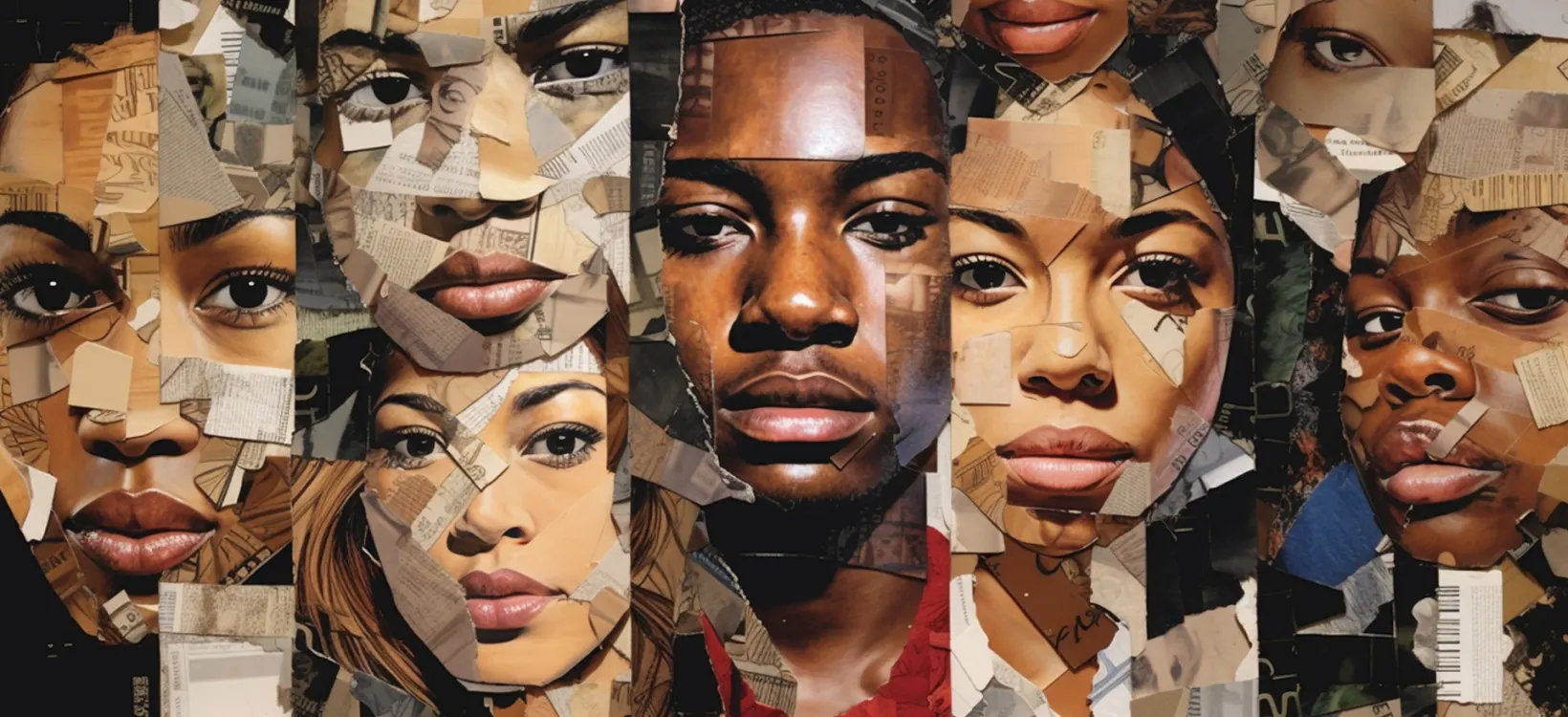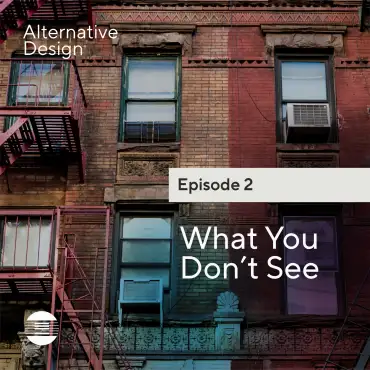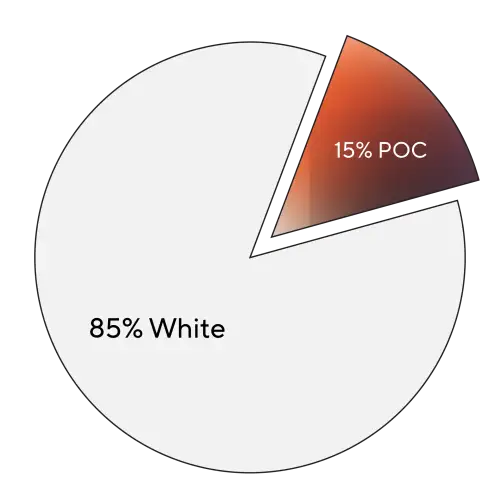The journey from aspiring designer to certified design professional disproportionally impacts designers of color.
Architecture stands as one of the select professions wielding considerable influence in shaping the development of communities. Architects, equipped with a unique comprehension of how the physical environment shapes social and economic circumstances, bear the responsibility of advocating for the myriad of communities impacted by these developments. Unfortunately, the architectural field currently grapples with a noticeable absence of the diversity essential for effectively fulfilling this role..
LACK OF REPRESENTATION
There is a pipeline that describes the journey of aspiring designers from their early creative inclinations to becoming certified professionals. However, there's a significant issue at play - this pipeline isn't leak-proof, and it particularly affects Black and Indigenous people of color. Over 85% of architects in the United States are White.
Young creatives from minority communities often lack early exposure to design fields due to educational gaps, limited resources, and historic boundaries. As a result, they don't even have the chance to consider pursuing a career in design. This lack of representation continues at the university level, where design programs often lack diversity, leaving aspiring designers feeling.
“Fostering diversity and representation in design requires conscious hiring decisions, promoting and elevating minority designers and architects, and advocating for policy changes that prioritize inclusivity.”
BRIDGE THE AWARENESS GAP
Fortunately, there are individuals and organizations actively working to address the pipeline problem and create a more inclusive design industry. One such initiative is Chicago Mobile Makers, a nonprofit founded by Maya Burris-Murphy, that provides design thinking workshops to underserved youth. By introducing young individuals to design principles and skills, programs like this aim to bridge the awareness gap to aid in diversification of the future of design.
Diversify Architecture, led by Jake Huffington and Edwin Harris, is another crucial effort. Their programs, such as "DA Clubs" and portfolio coaching, are designed to empower and guide students from underrepresented communities toward pursuing careers in architecture and design. These initiatives highlight the importance of mentorship and support in ensuring the success of aspiring designers.
Creating a more inclusive design industry is a long-term commitment that requires collective effort. It's not just about highlighting the issues, but also about taking actionable steps to enact change. Fostering diversity and representation in design requires conscious hiring decisions, promoting and elevating minority designers and architects, and advocating for policy changes that prioritize inclusivity.
By supporting initiatives like Chicago Mobile Makers and Diversify Architecture, and by actively seeking out ways to promote diversity and inclusivity, we can ensure that the future of design is vibrant, representative, and capable of meeting the diverse needs of our world.



